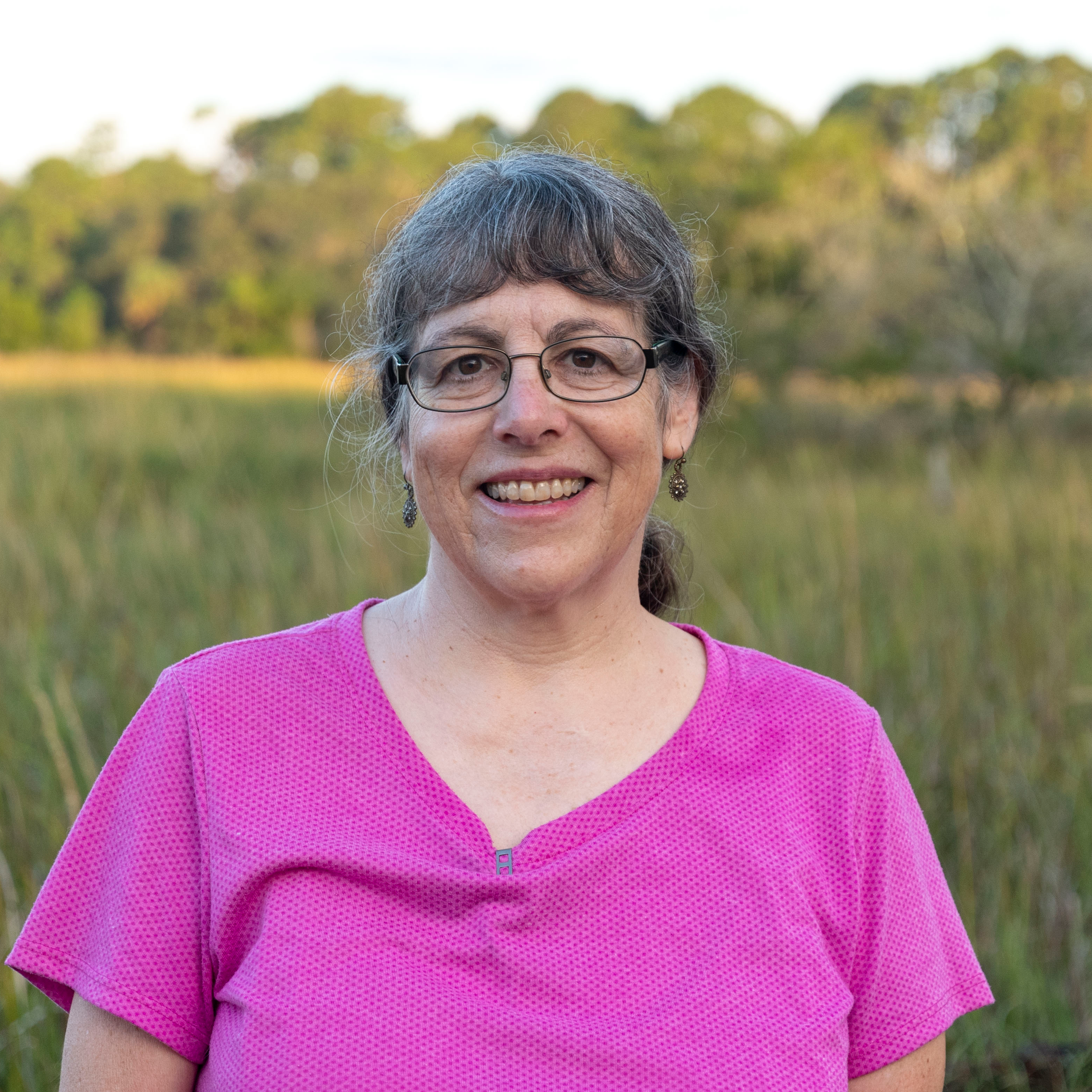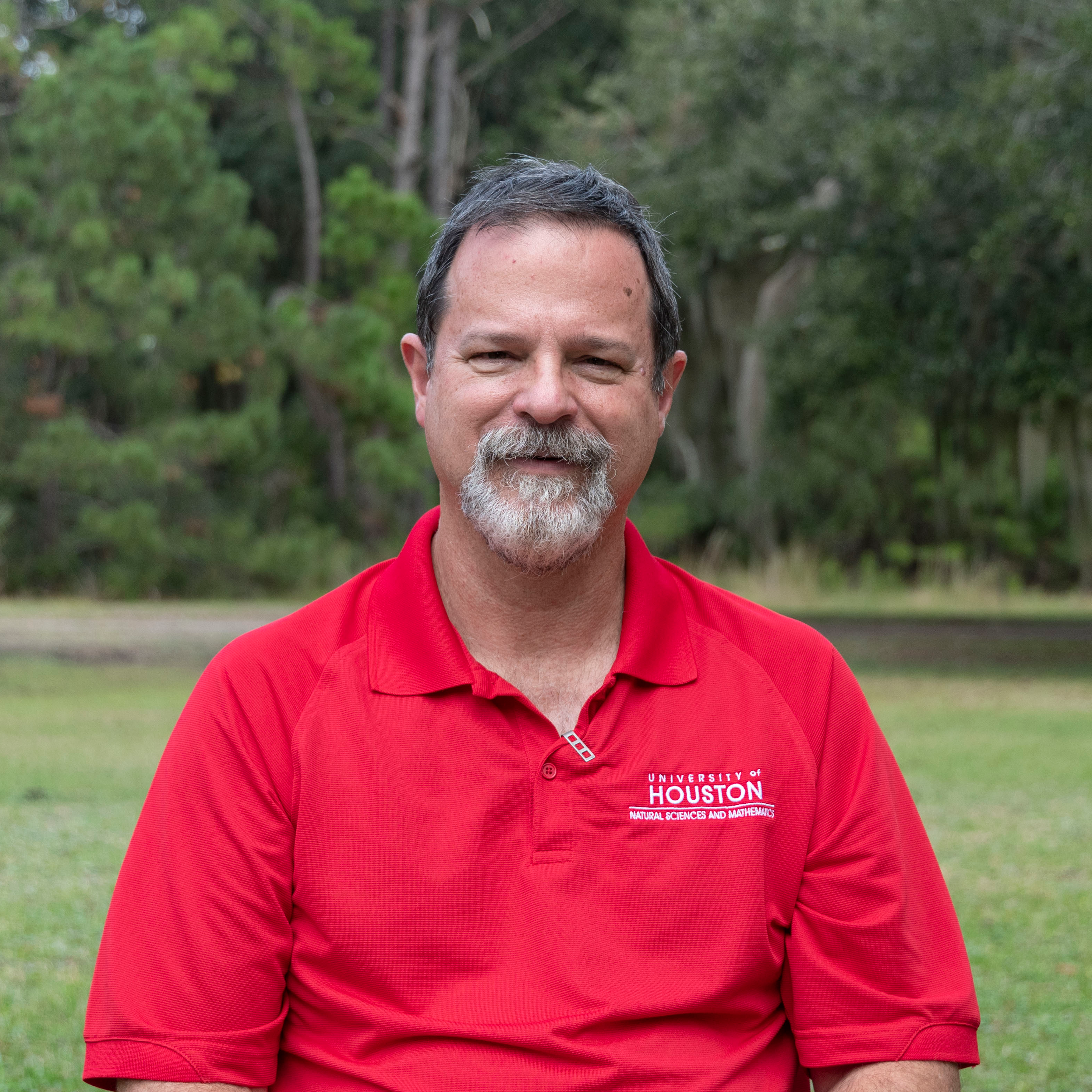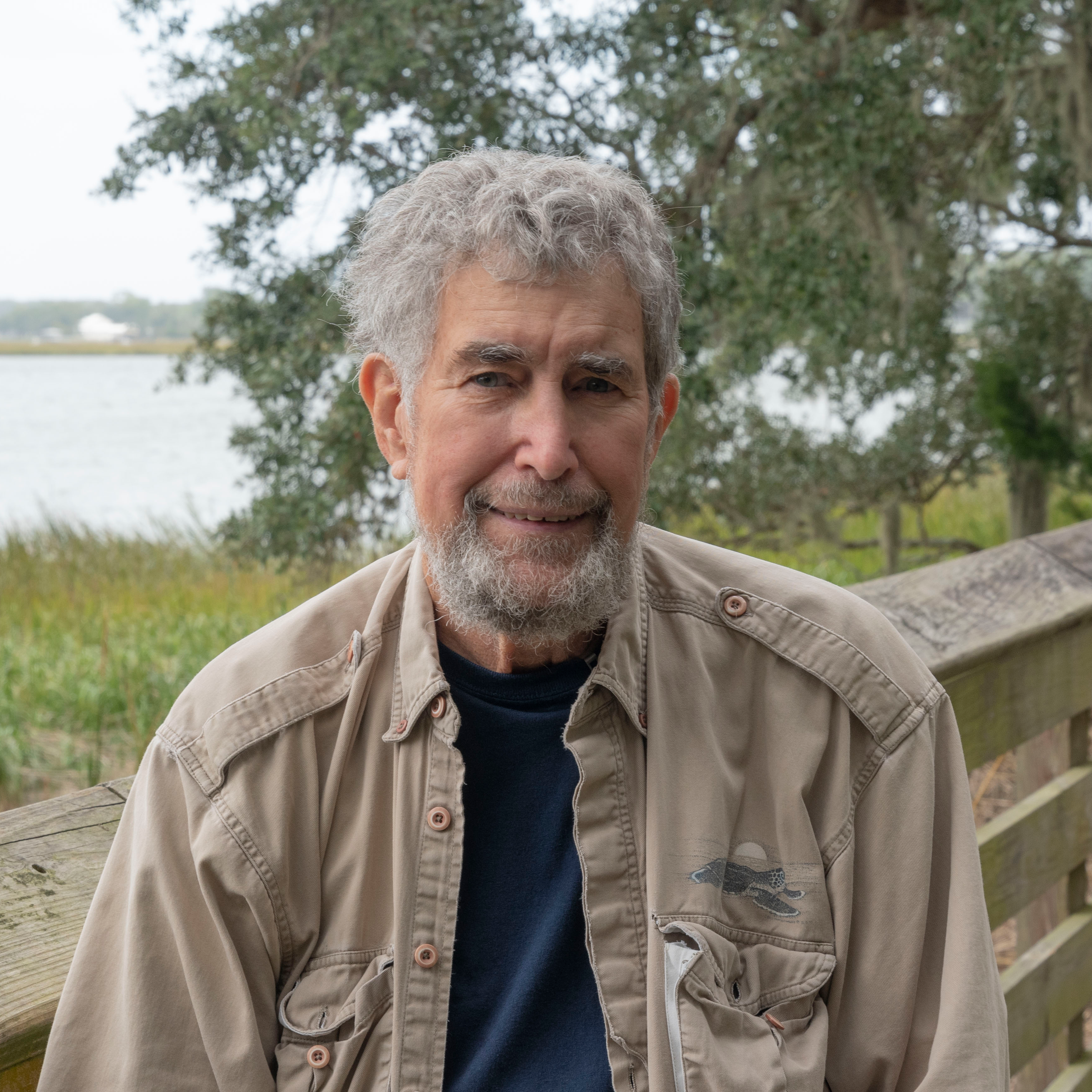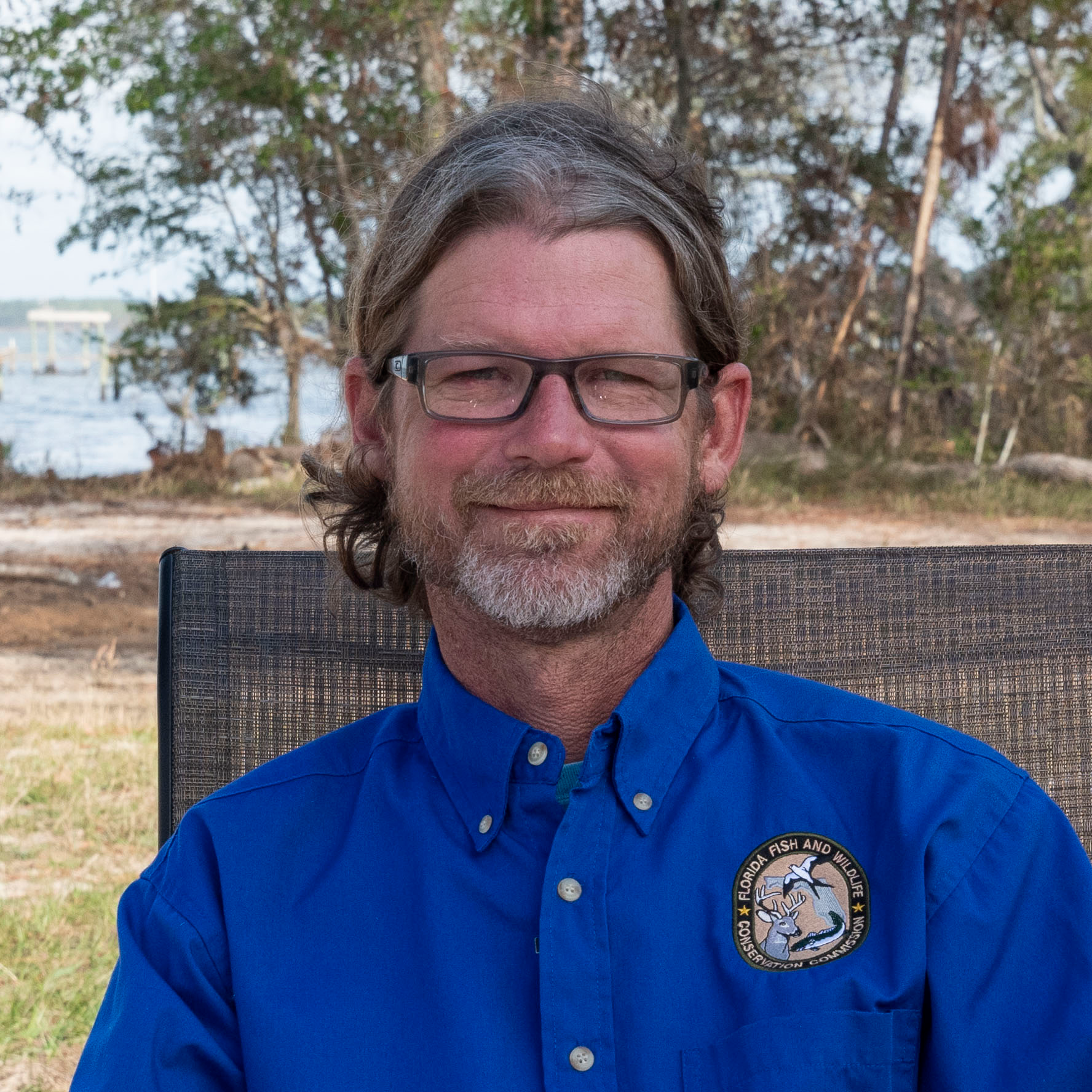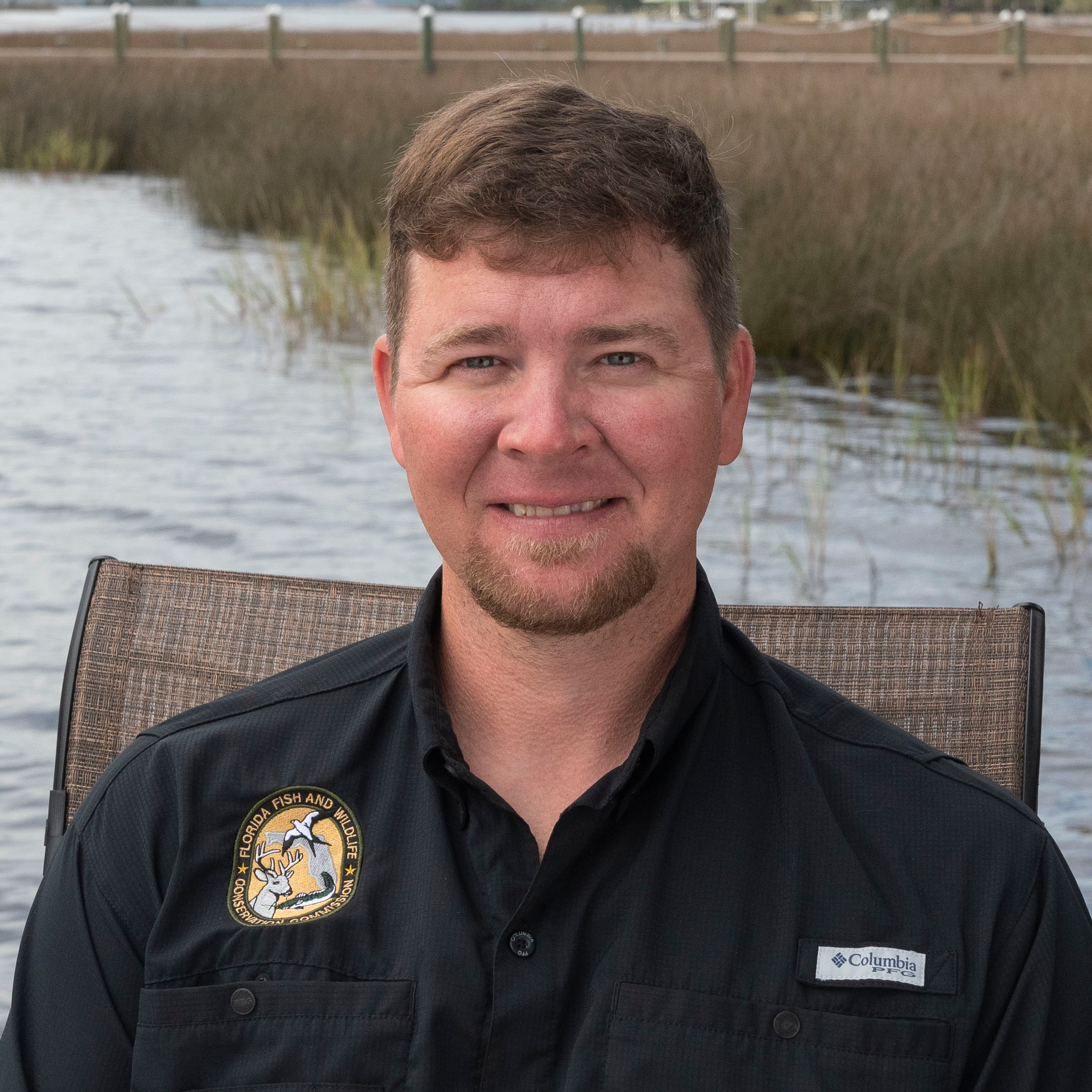Episode 1302: At the Water's Edge: The Salt Marsh
The southeast and Gulf coasts of the United States are famous for their extensive salt marshes. These coastal wetlands provide a vital nursery ground for many marine species, they filter nutrients and contaminants from the water, and serve as buffers during storms.
The University of Georgia’s Marine Institute on Sapelo Island has long been a world-renowned field site for salt marsh ecologists. Since 2000 it also serves as the home base for the Georgia Coastal Ecosystems Long Term Ecological Research program, which seeks to understand how these ecosystems function, how they change over time, and how they might be affected by climate change in the future.
On nearby Tybee Island, scientists from the Skidaway Institute of Oceanography are part of a study that examines how well the marshes found on the backside of this popular tourist destination are keeping up with sea level rise.
Meanwhile, scientists with the Florida Fish and Wildlife Conservation Commission’s Garcon Point Lab near Pensacola, on Florida’s Gulf coast, conduct research on three fishes that spend time in the salt marsh – the prehistoric-looking alligator gar and Gulf sturgeon, and the tiny saltmarsh topminnow.
Experts
Meet the experts featured in this episode.
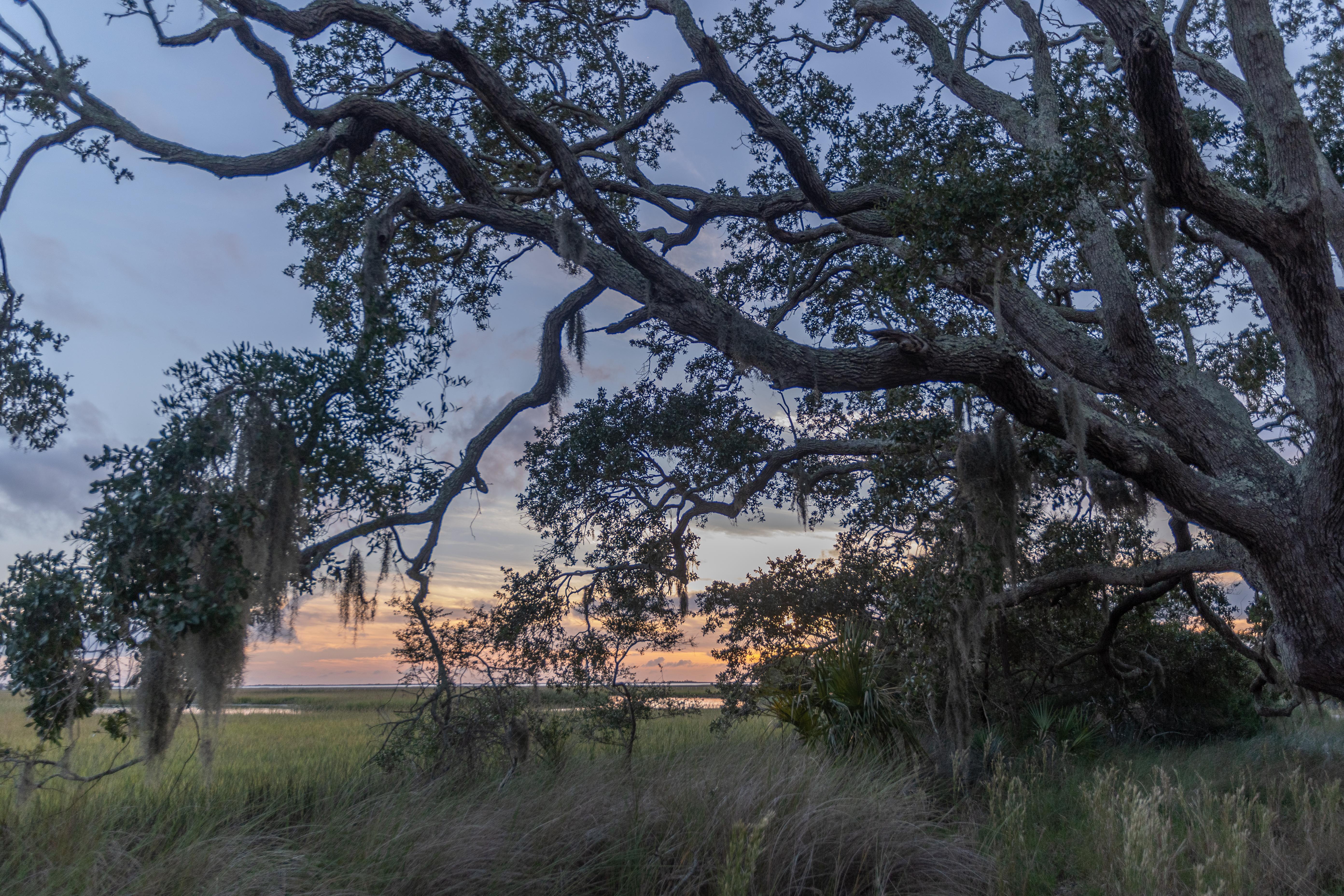
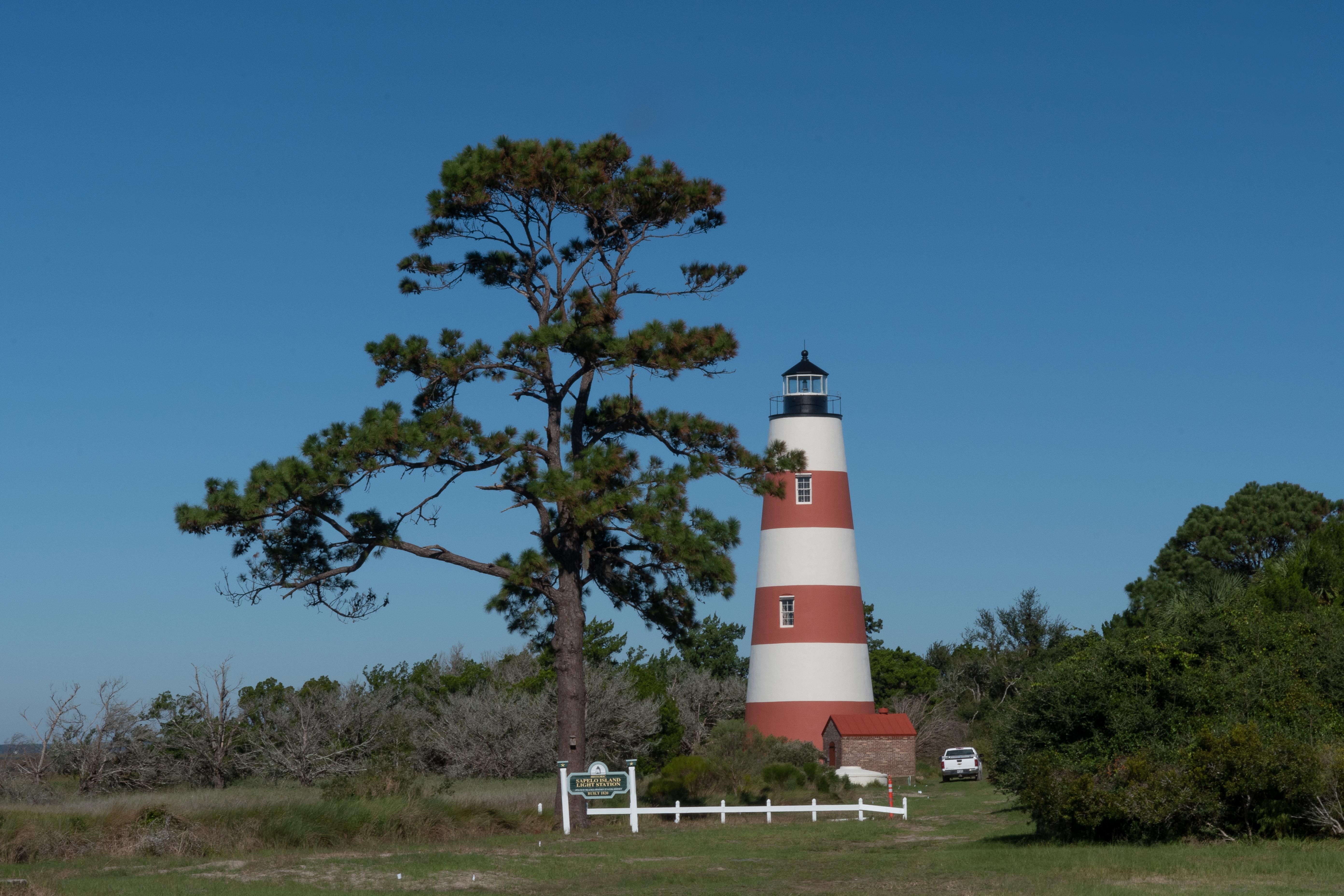
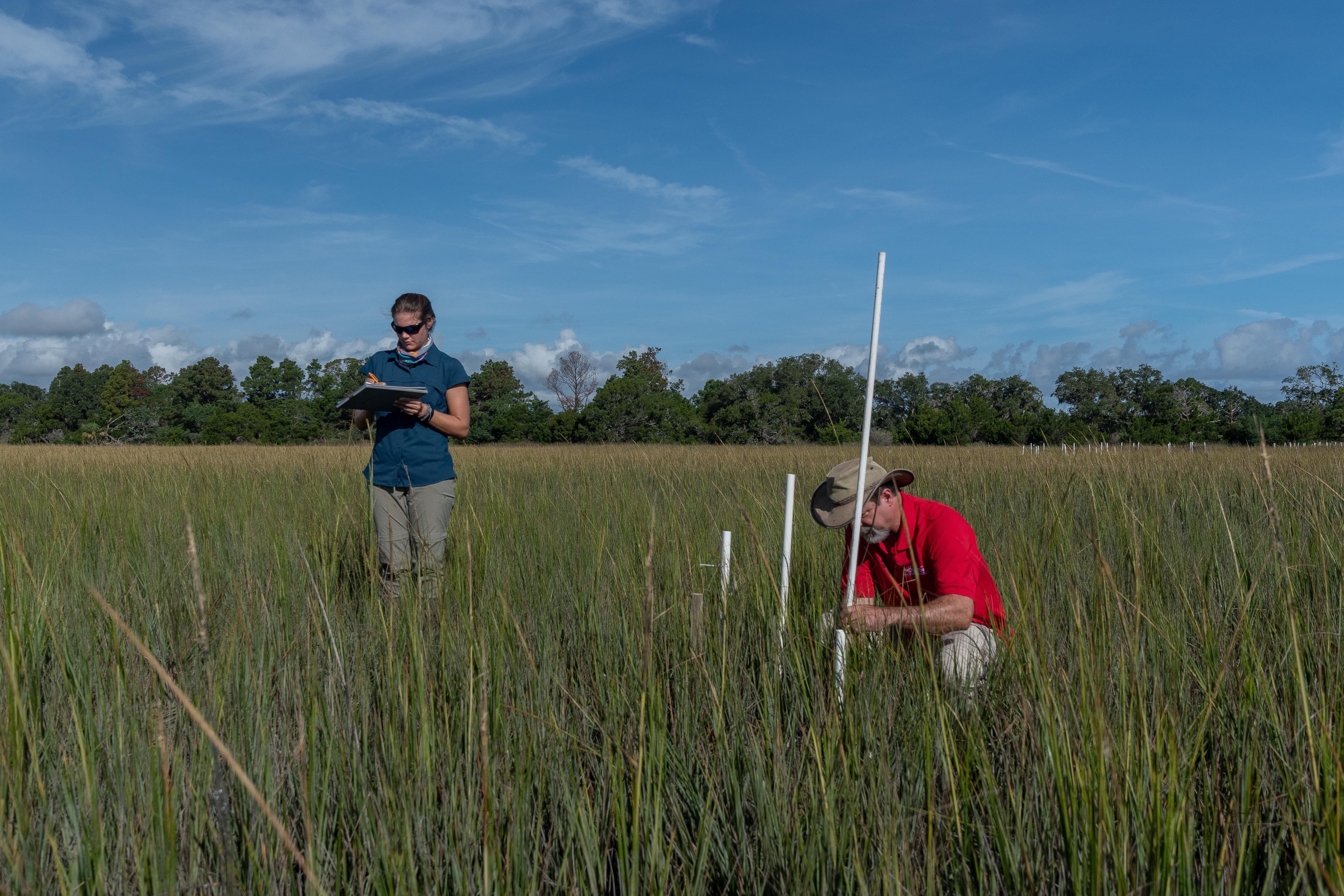
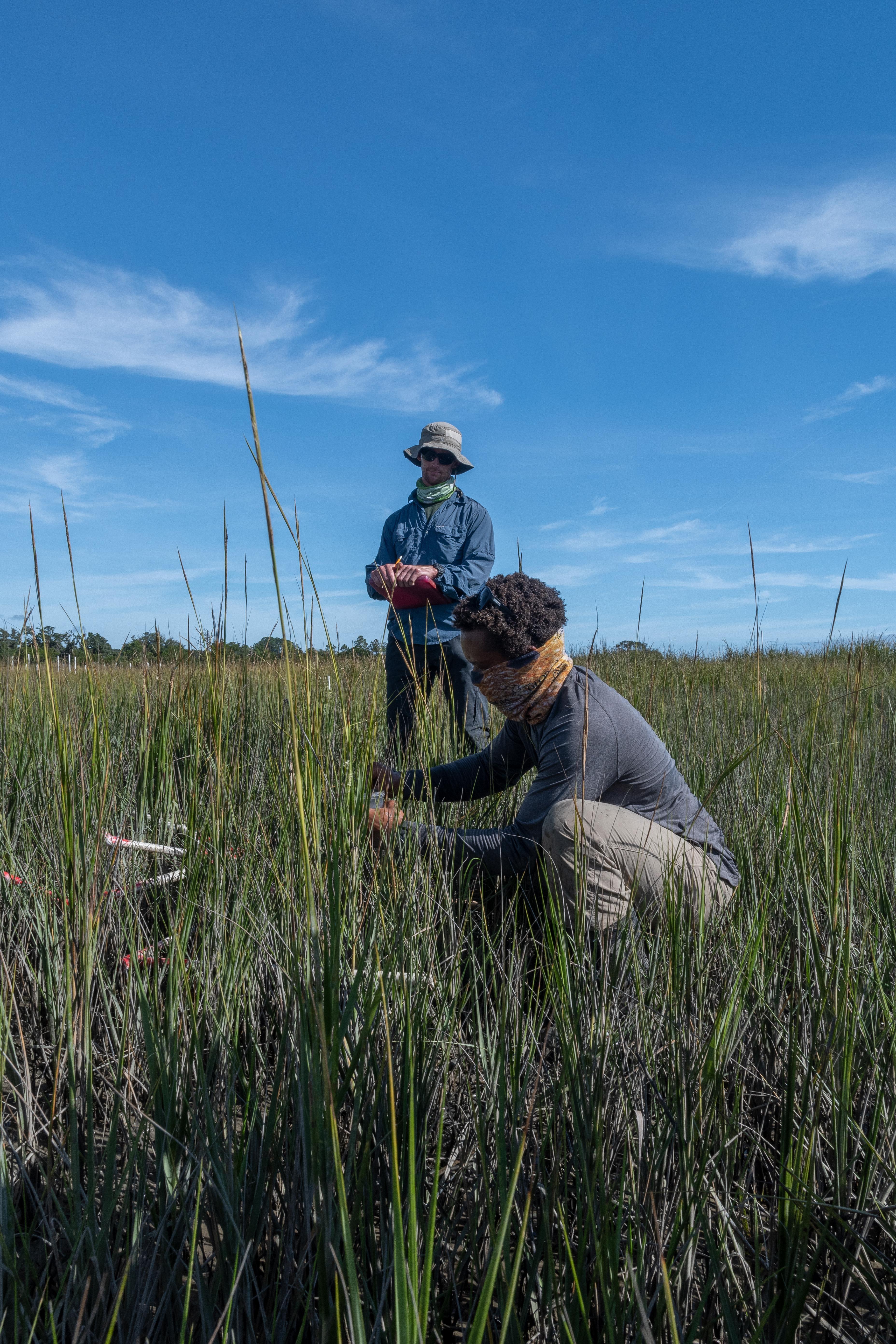

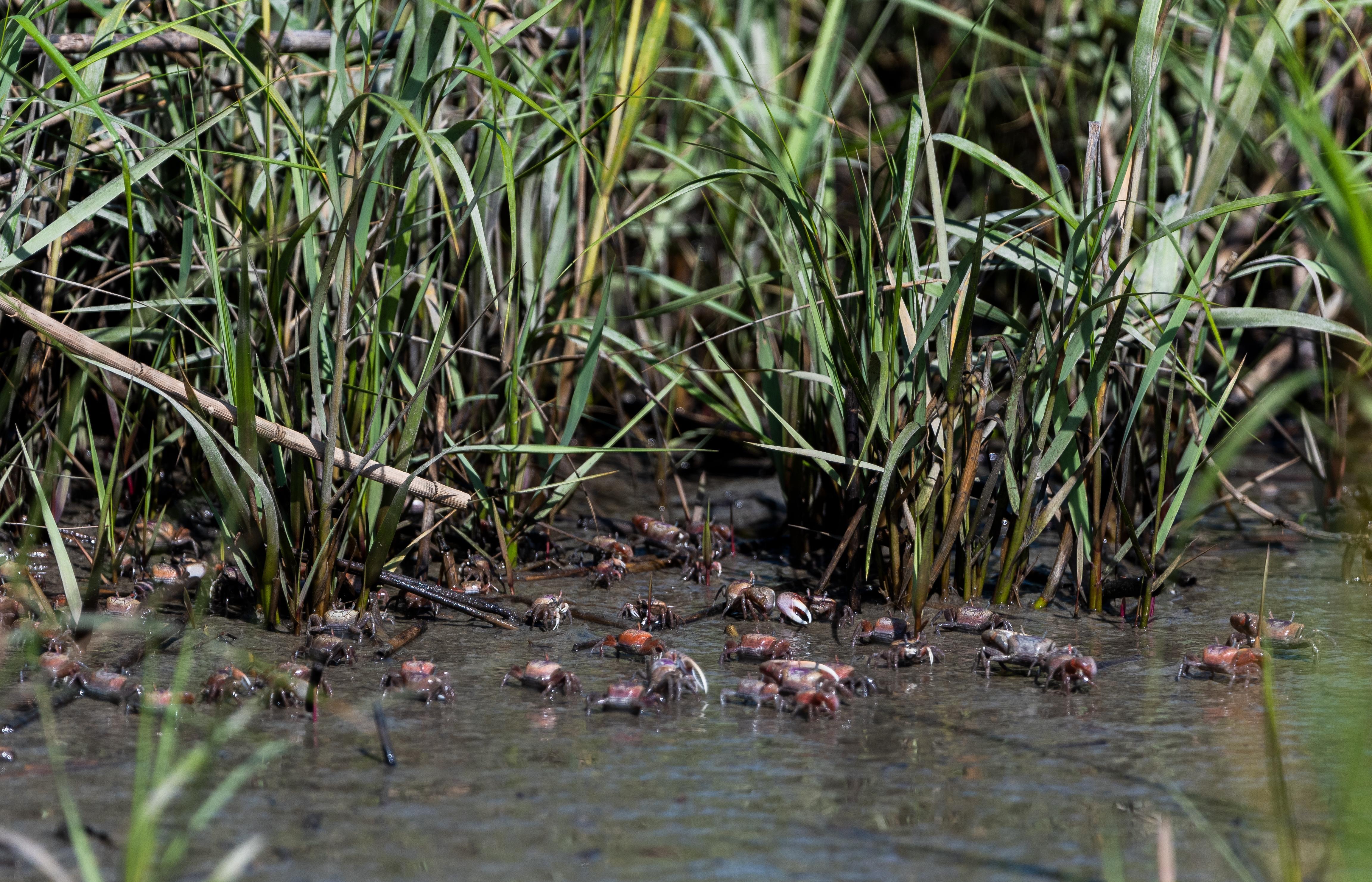
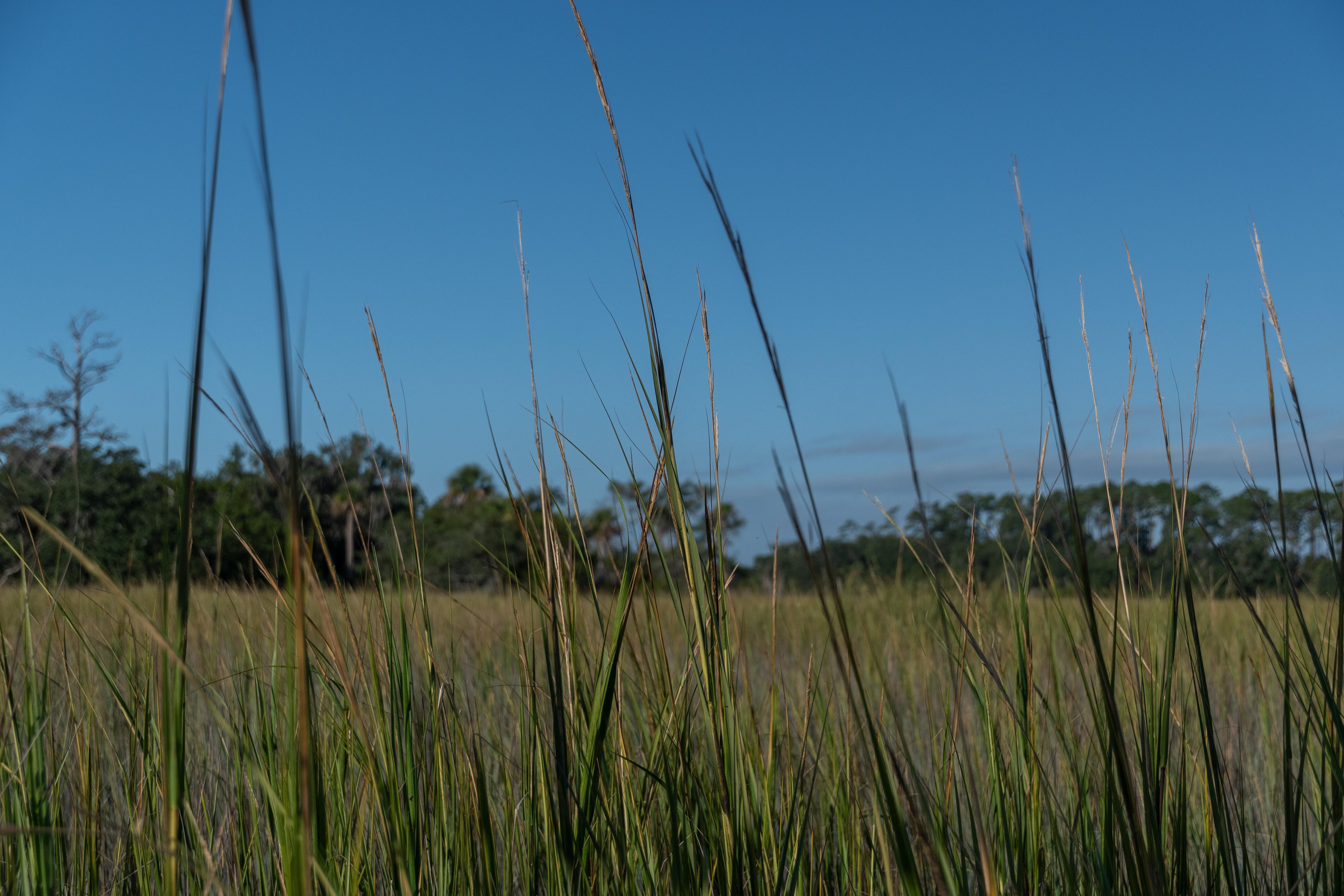
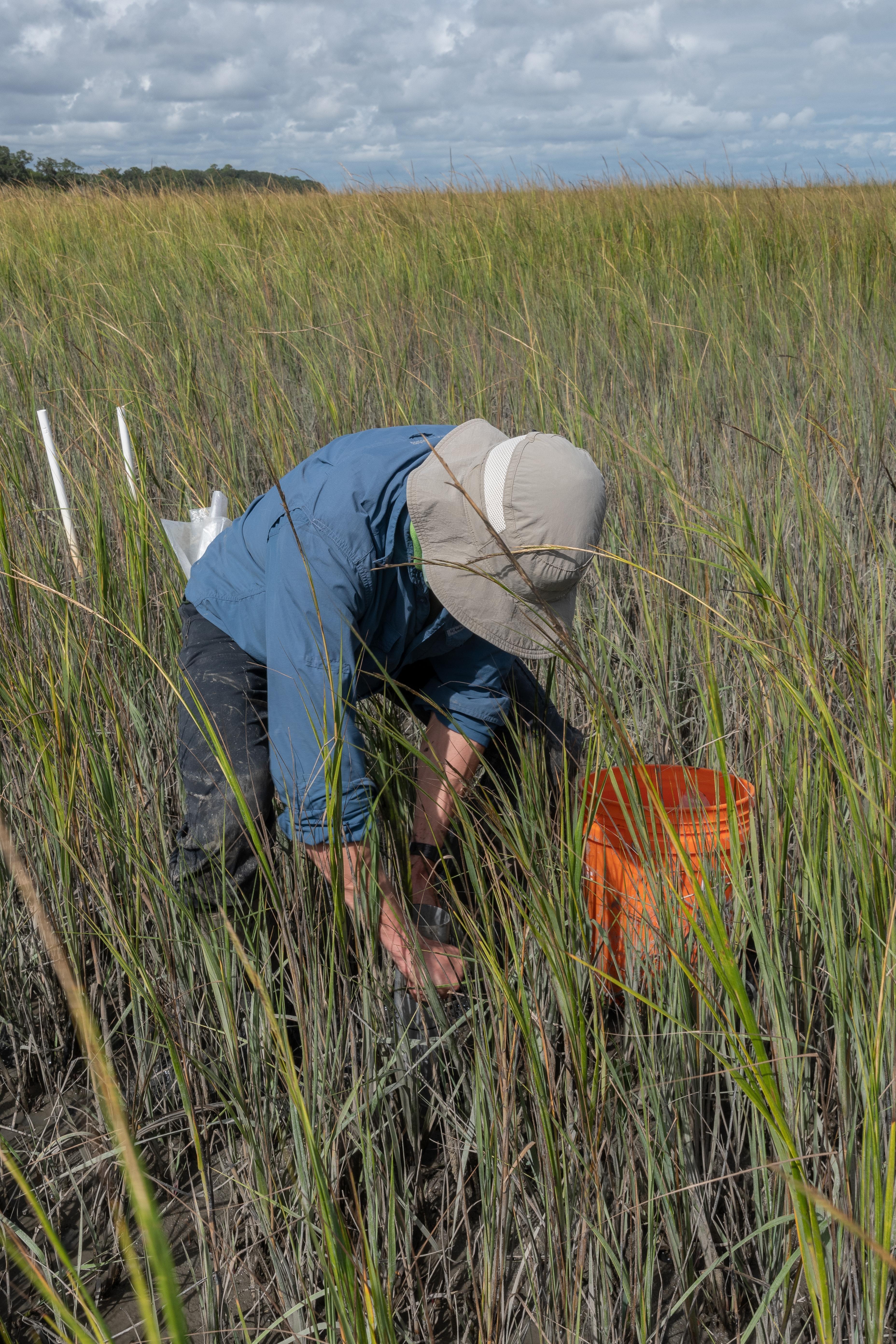

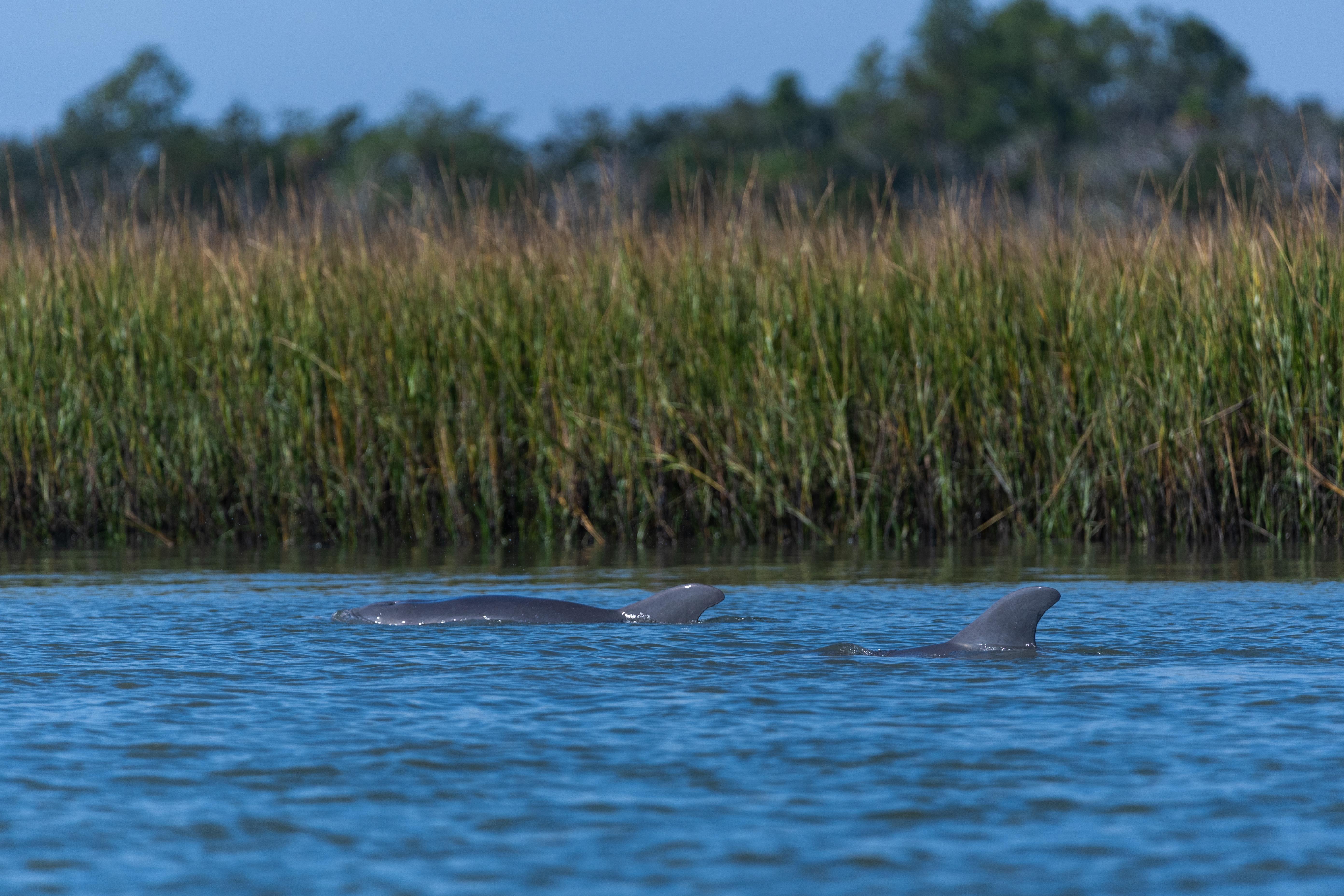
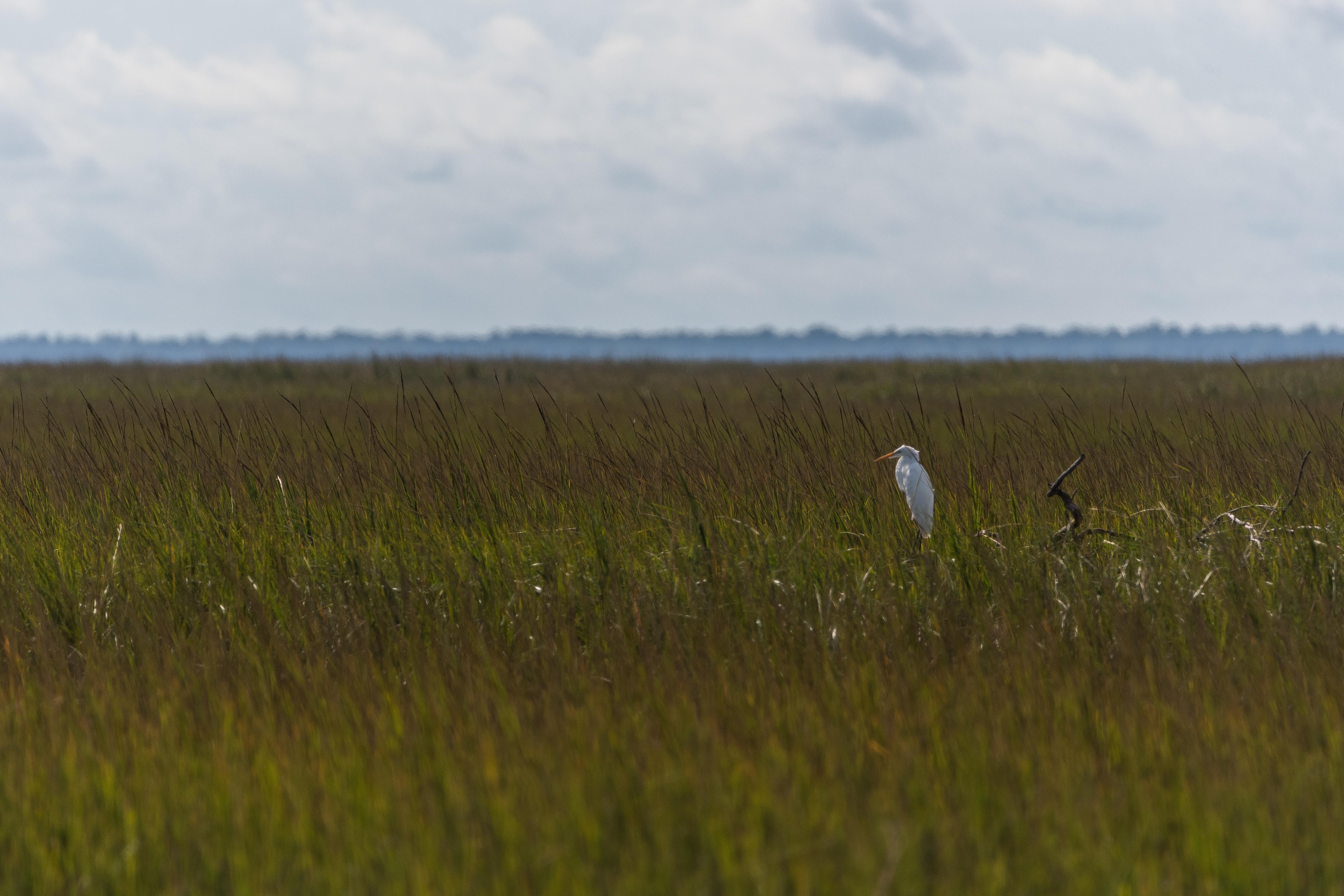
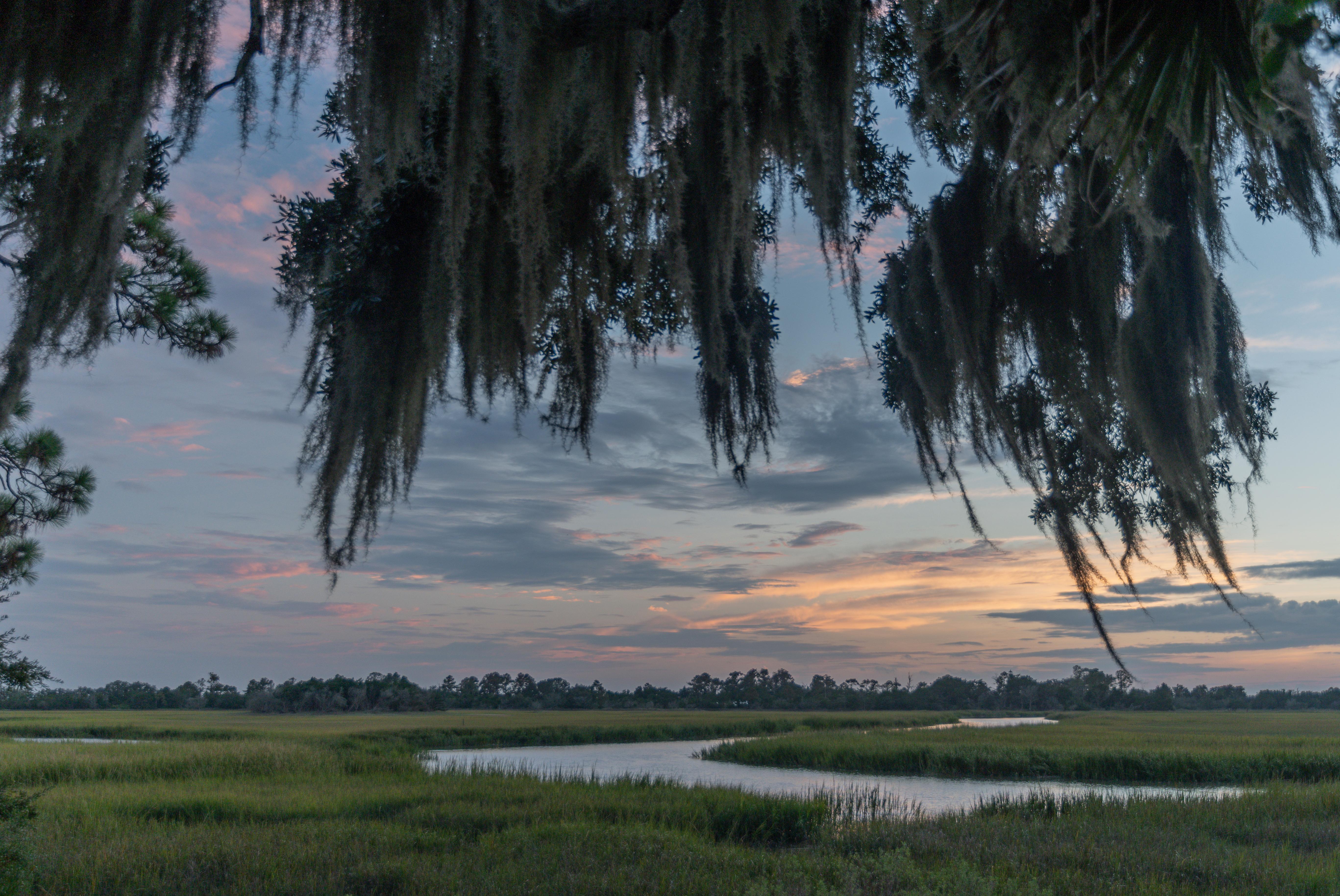

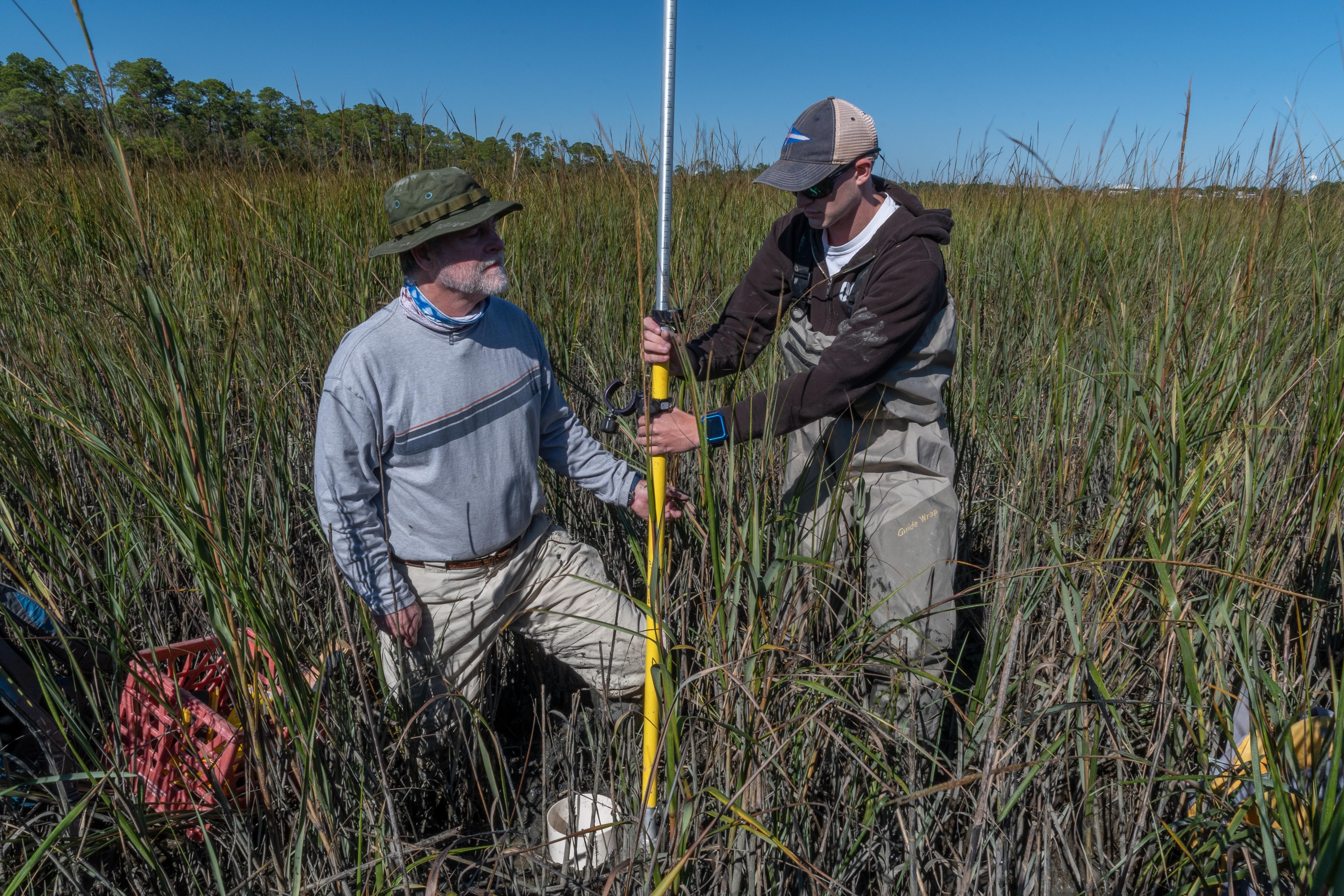

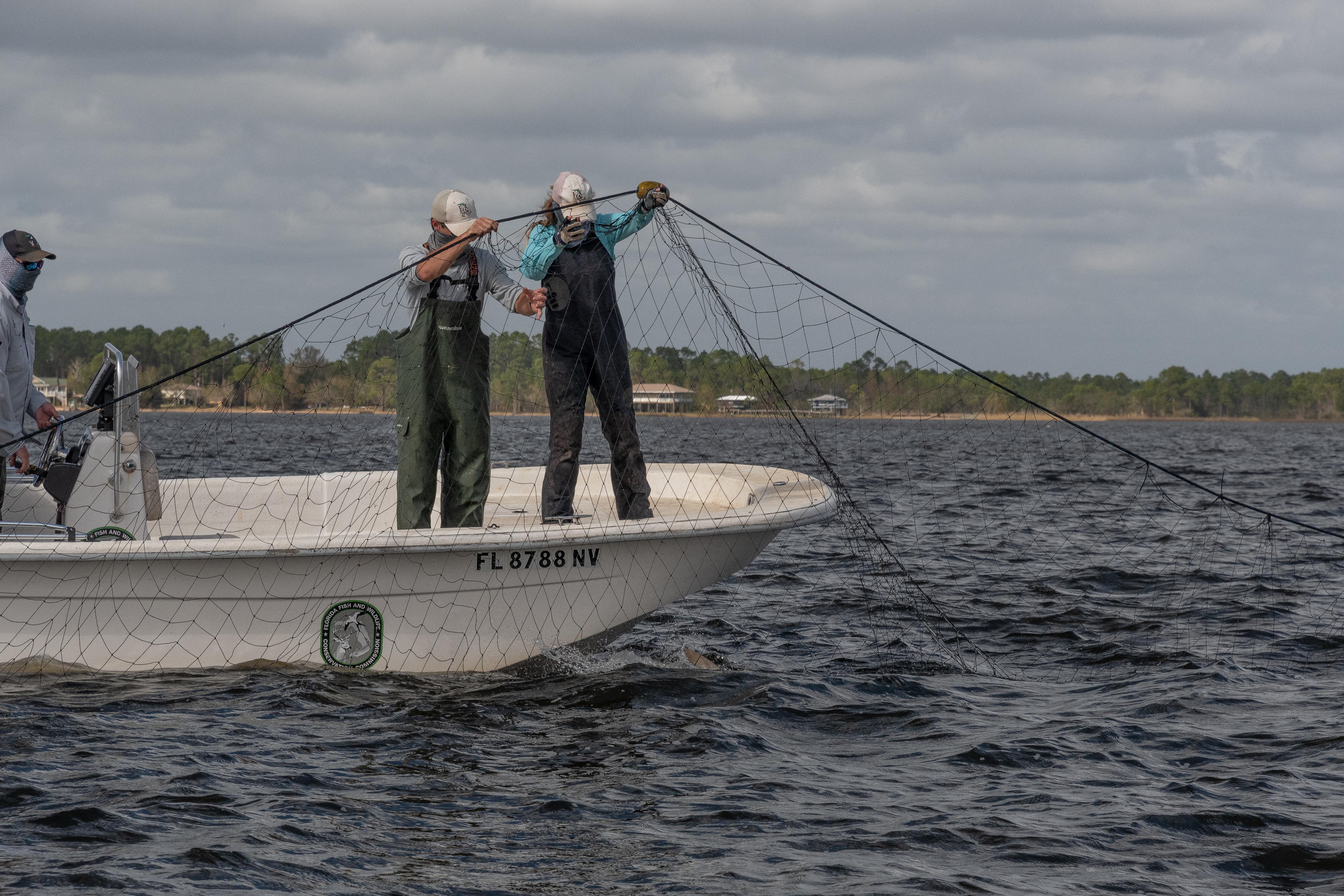
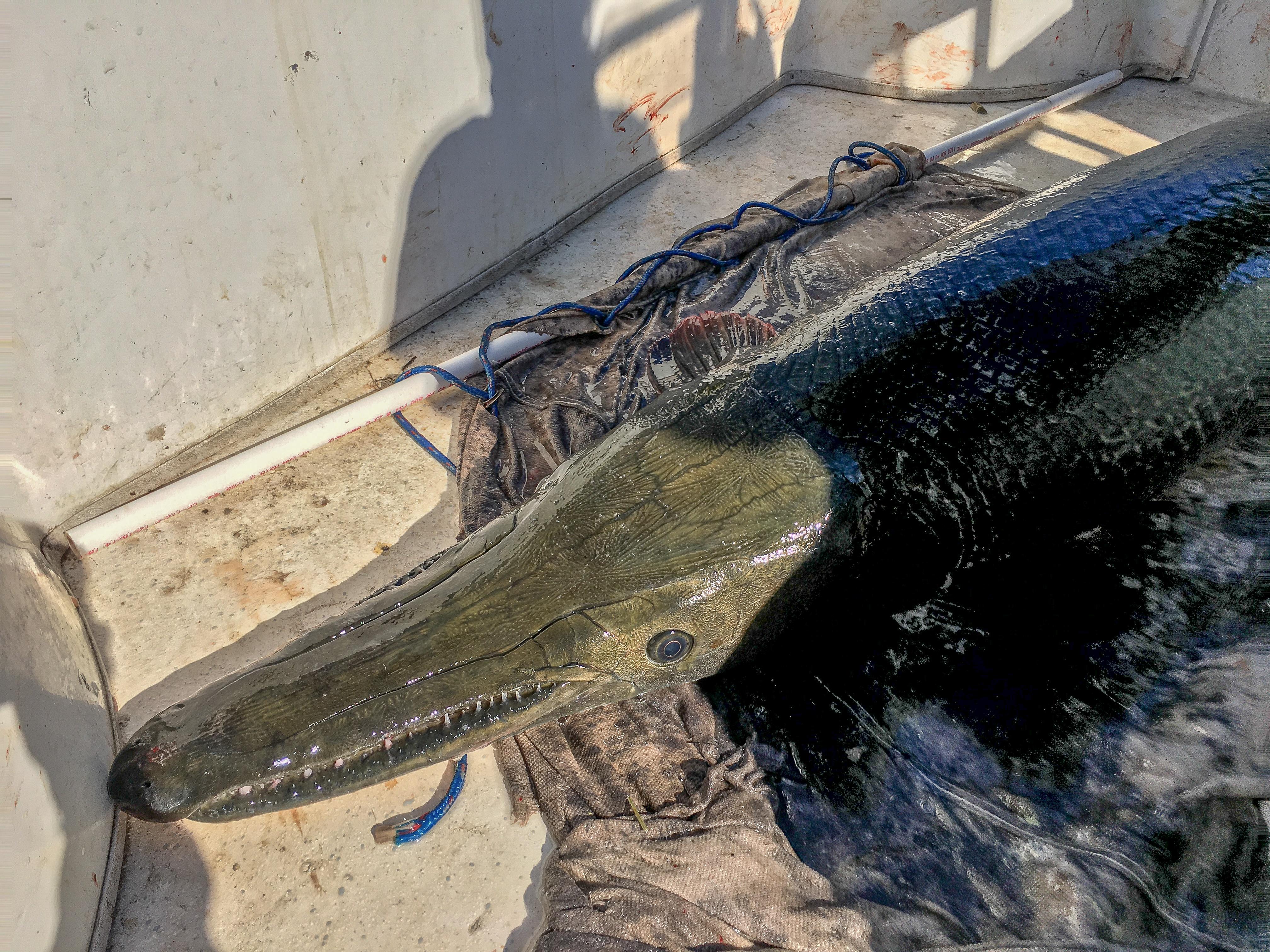
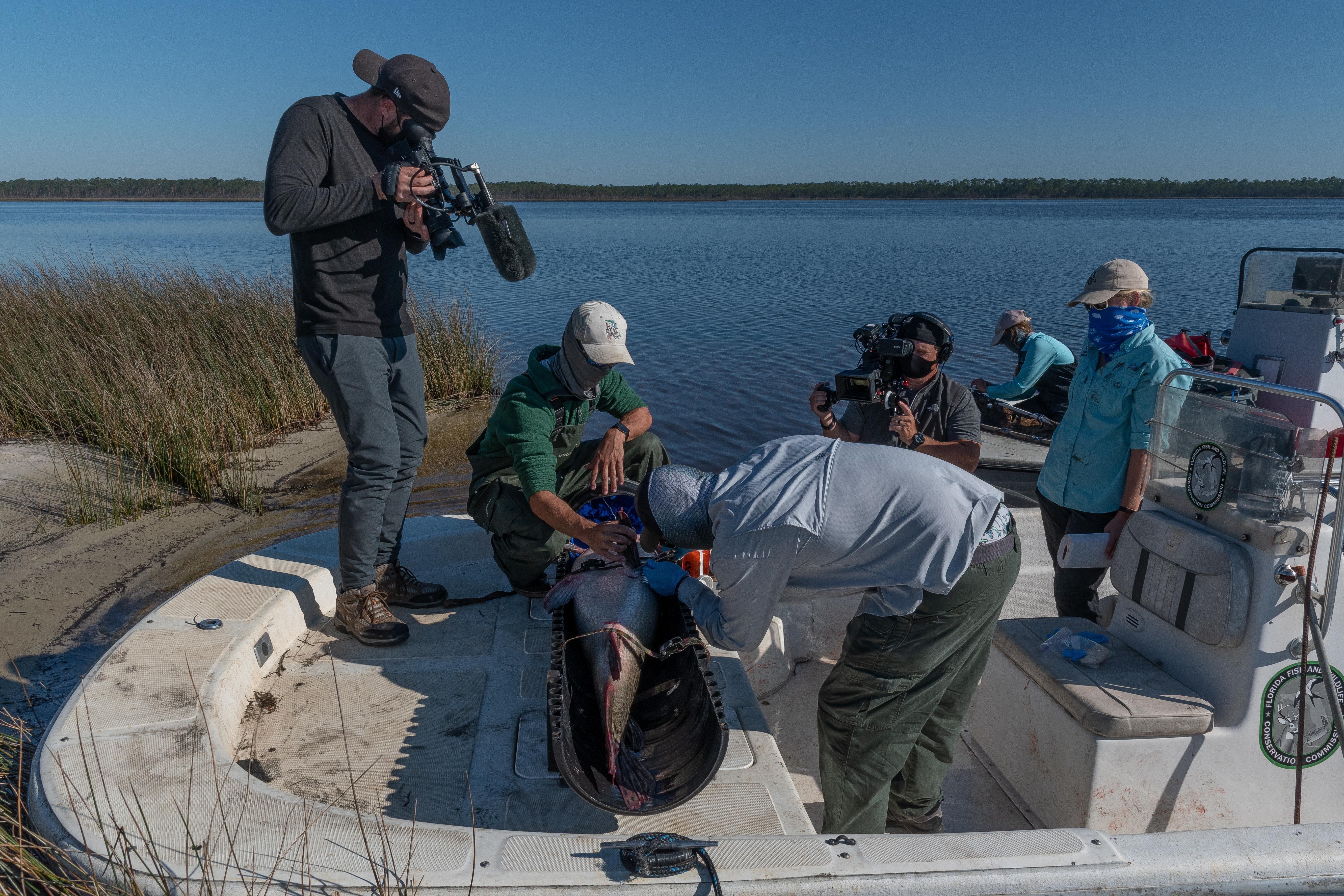

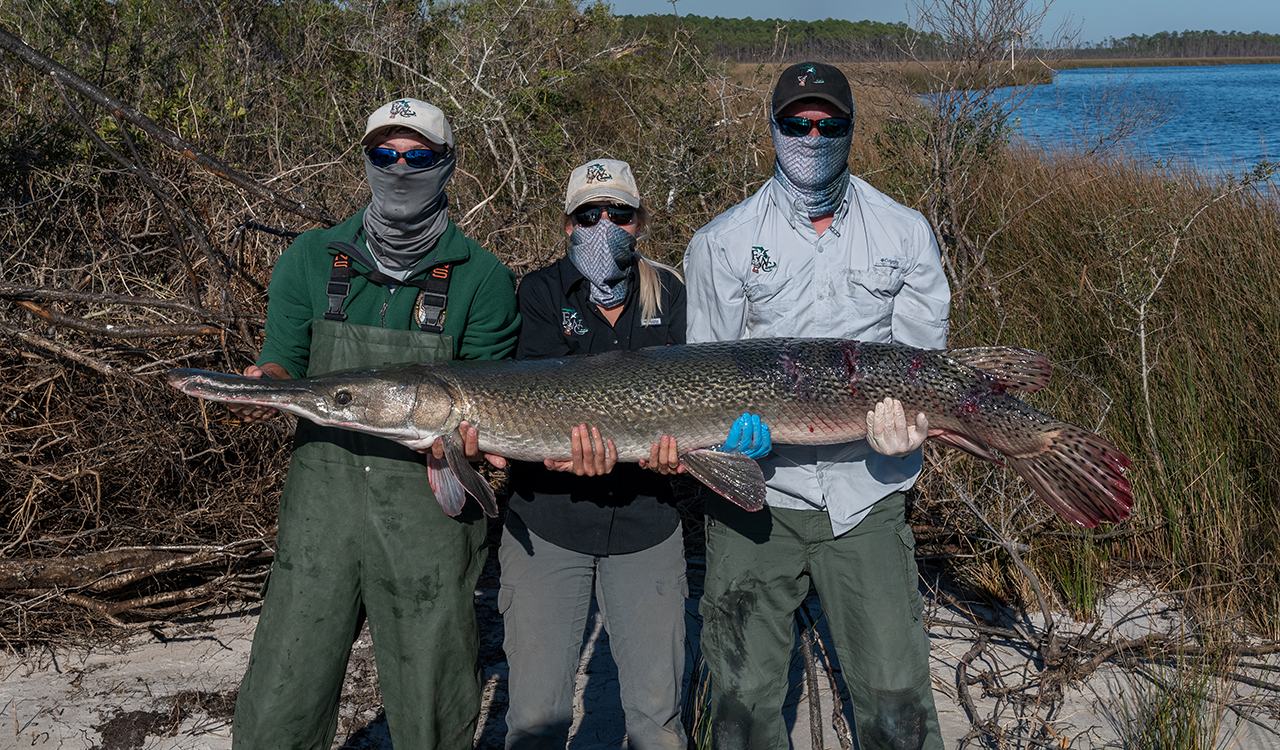
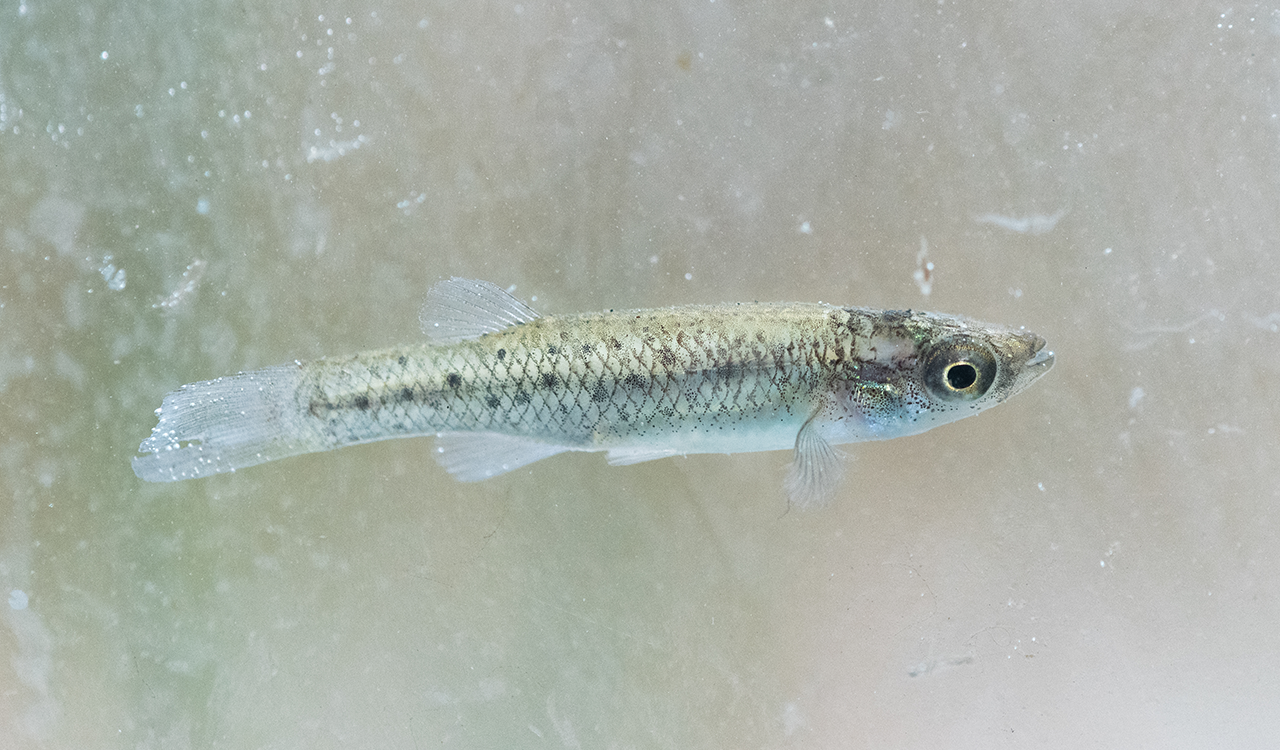
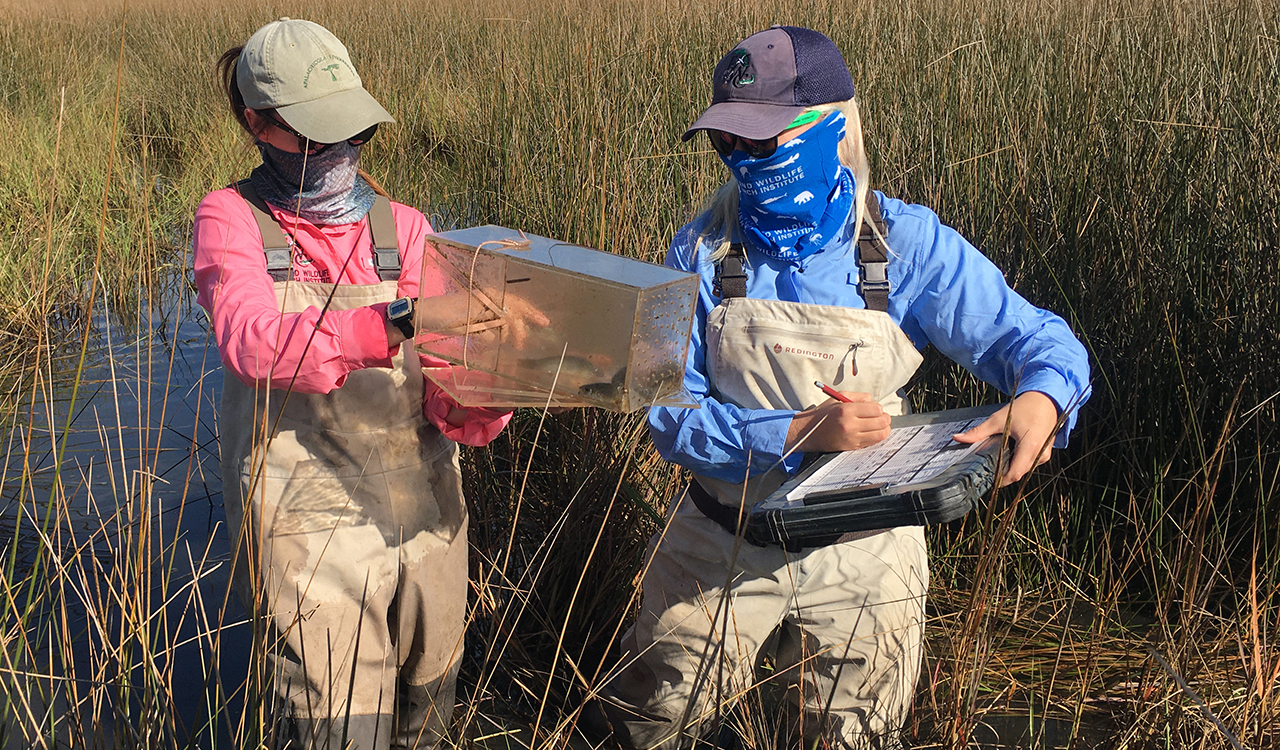
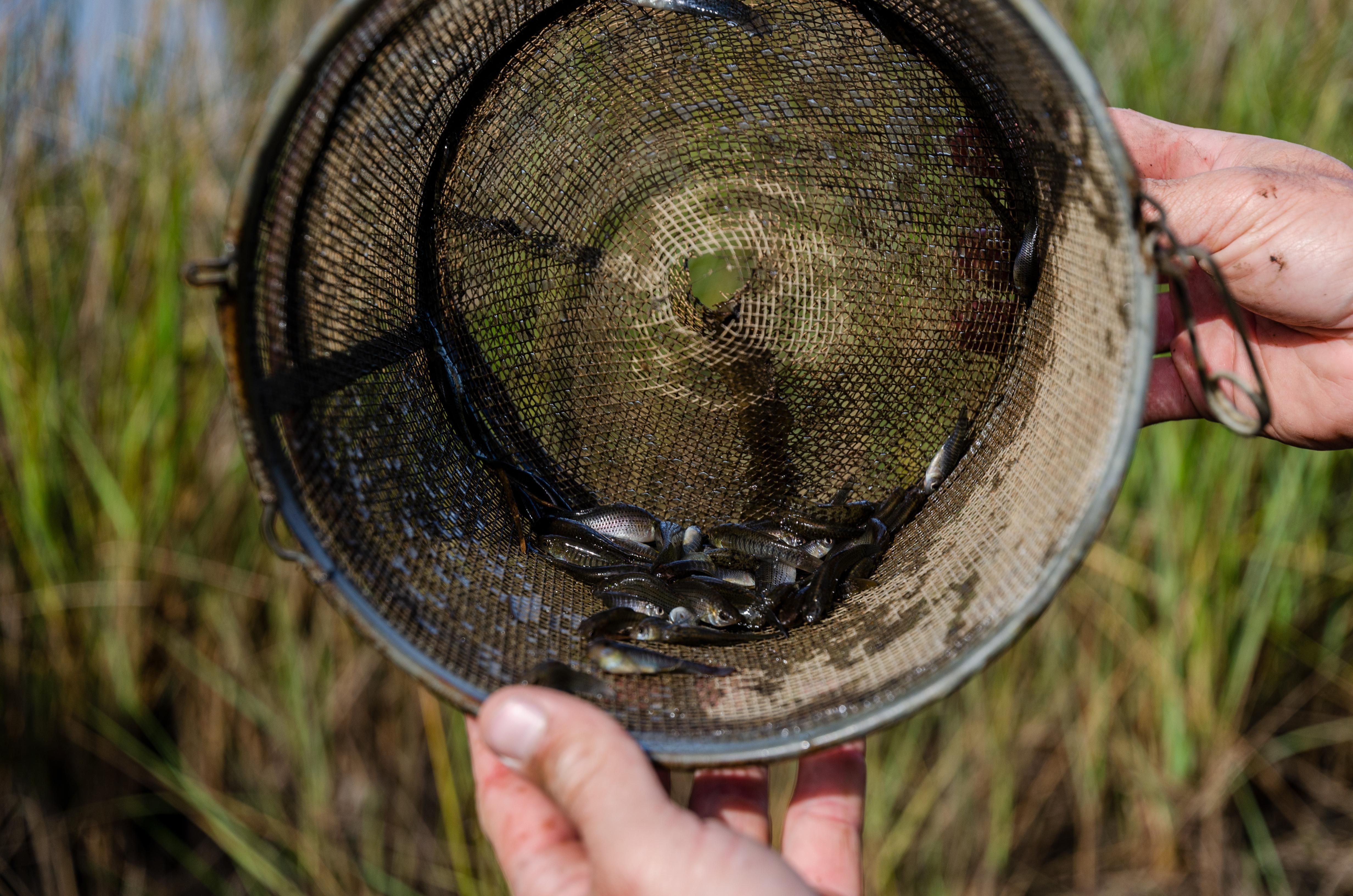
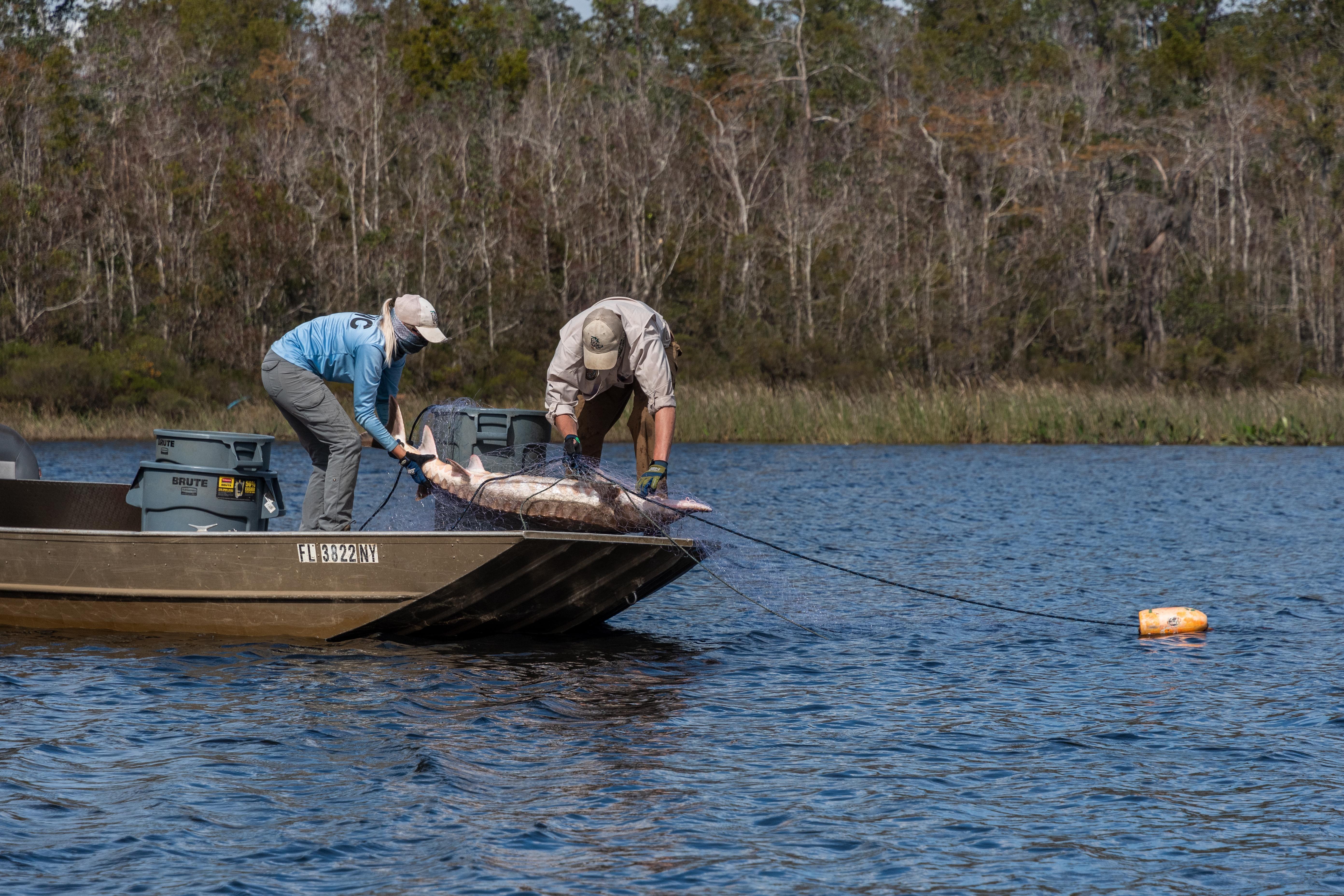
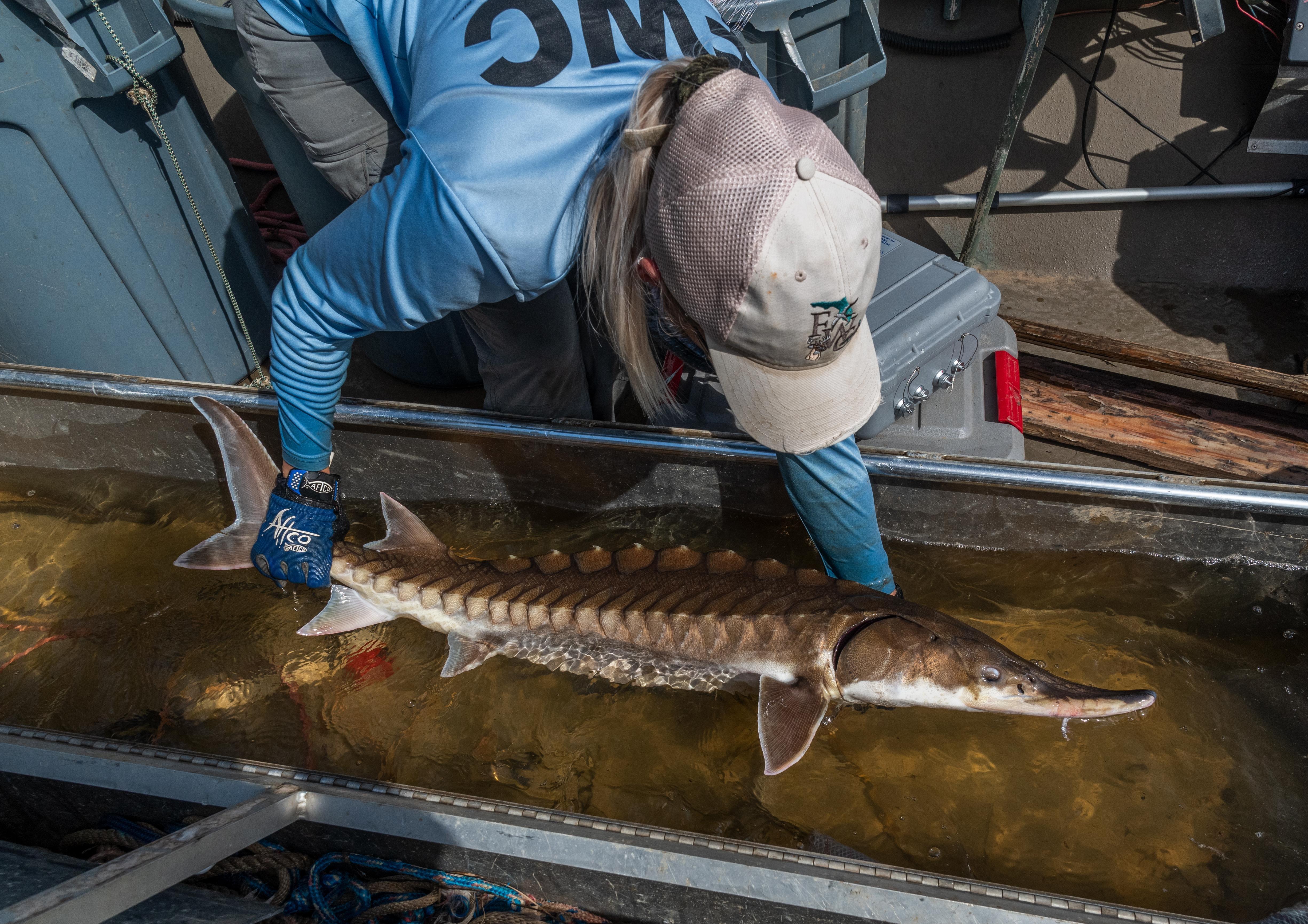
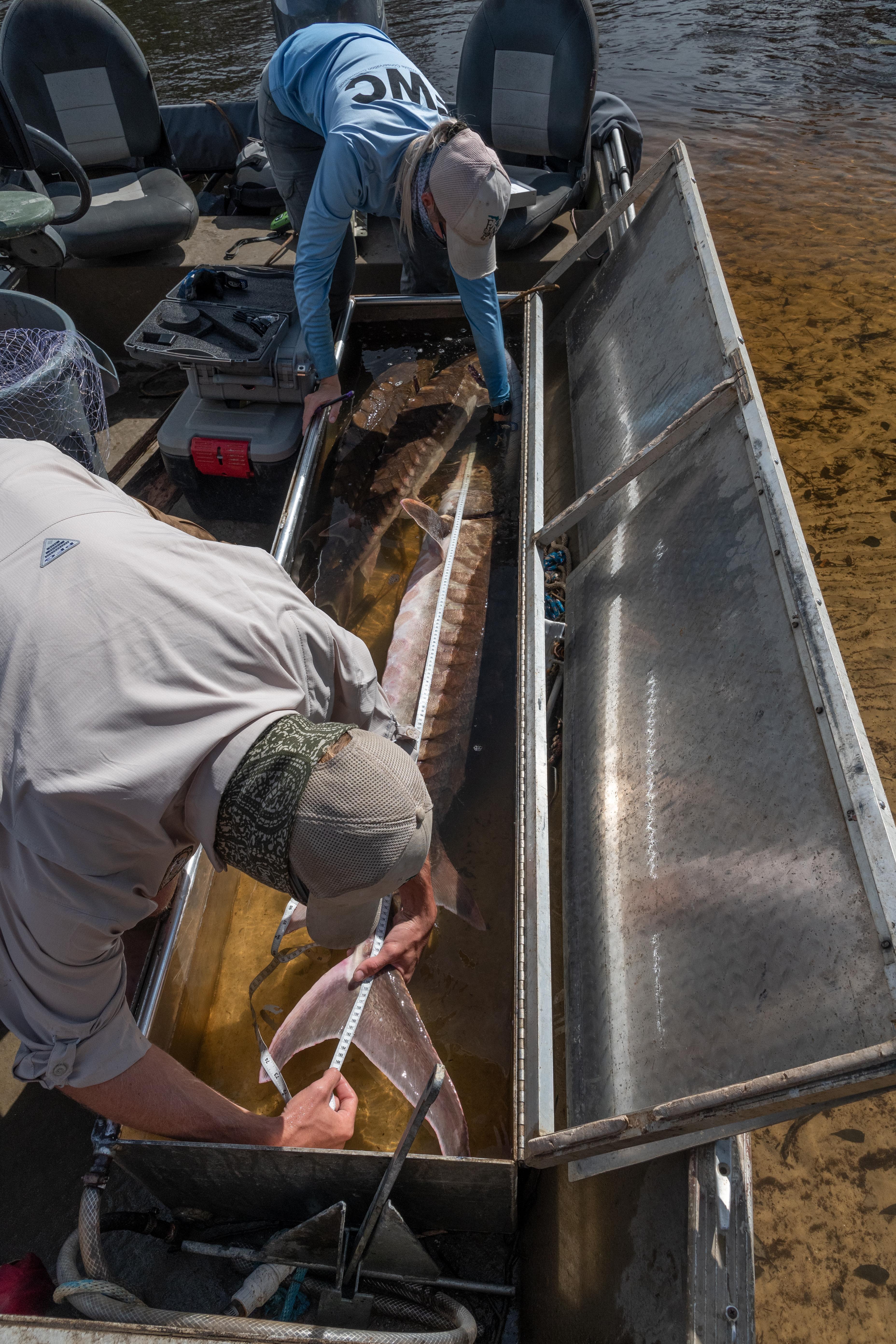
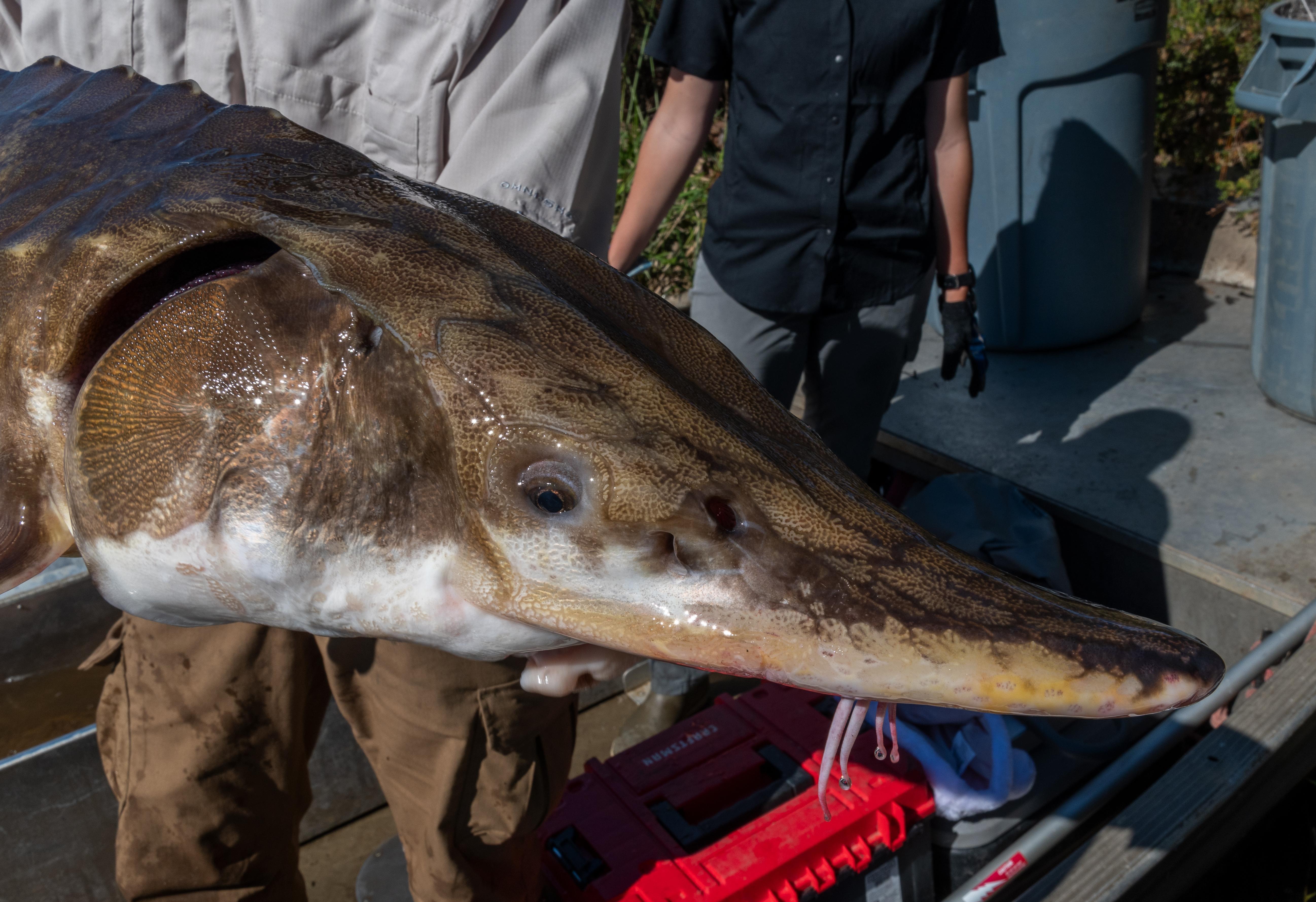

Image Credits
Changing Seas would like to thank the following individuals and institutions who kindly allowed their footage, images and other media to be used in this production:
Coastal Kingdom
Rob Lewis
The County Channel, Beaufort County, SC
Tony Mills
The LowCountry Institute on Spring Island, SC
Chelsea Myles-McBurney
John Knight
Florida Fish and Wildlife Conservation Commission
Zach Randall
Robert H. Robins
Florida Museum of Natural History
John Schalles, Ph.D.
Creighton University
Clark Alexander, Ph.D.
UGA Skidaway Institute of Oceanography
University of Georgia Marine Institute
Special Thanks:
Adam Kaeser
Alan Robertson
Amanda Nalley
Anthony & Sharon Edge
Christopher Shaun Childs
Don Godish
Doris Hoffman
Emily Kenworthy
Gracie Townsend
Kelly Richmond
Lisa Doser
Mark Adams
Mark Barrett
Michael Sullivan
Michelle Kerr
Rachel Walman
Web Extras
Scenic Sapelo Island
SALTEx Experiment – How might sea level rise affect Georgia's freshwater marshes in the future?
Exploring the Salt Marsh – Horseshoe Crabs
Exploring the Salt Marsh –Blue and Stone Crabs
Exploring the Salt Marsh – Fiddler Crabs
Funding for this episode of Changing Seas was provided by:


